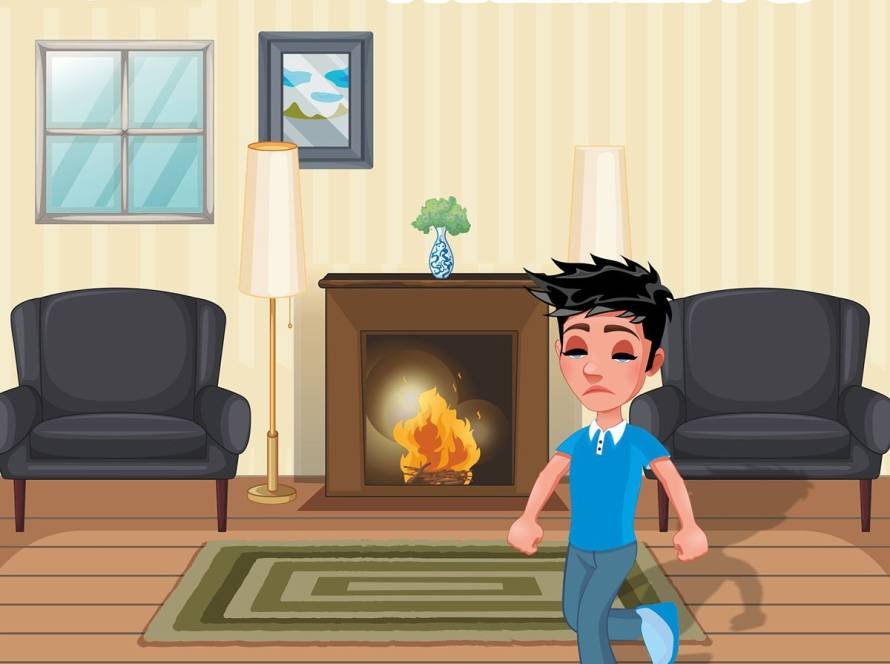Bacterial bronchitis or Protracted bacterial bronchitis (PBB) is a common cause for chronic wet cough in children especially under the age of five years. The most common organisms responsible for bacterial bronchitis are non-typable Hemophilus influenzae, Streptococcus pneumoniae, and Moraxella catarrhalis. Since symptoms of bacterial bronchitis are similar to asthma, most children with bacterial bronchitis are misdiagnosed and treated as asthma. Bacterial bronchitis, which is not treated adequately, can predispose to long term airway dilatation and damage called bronchiectasis.
What are the symptoms of bacterial bronchitis in children?
Wet cough or cough with phlegm lasting for more than 4 weeks is the most important symptom of bacterial bronchitis in children. Wet cough is usually more at night and with postural changes. Children with bacterial bronchitis also present with shortness of breath and noisy breathing. Children with bacterial bronchitis usually appear healthy with a normal growth and development. Children with bacterial bronchitis do not have any signs in the chest examination.
What are the other causes of wet cough in children?
The most common cause of wet cough in children is viral upper respiratory infection in children. Usually this wet cough lasts for a period of 1-2 weeks. This wet cough is of no concern.
When a wet cough lasts for more than 4 weeks it is suggestive of an underlying illness. Causes of wet cough other than bacterial bronchitis are allergic rhinitis, sinusitis, cystic fibrosis, suppurative lung disease or bronchiectasis, primary ciliary dyskinesia etc.

How is bacterial bronchitis diagnosed in children?
Bacterial bronchitis is diagnosed on symptoms of persistent wet cough lasting for 4 weeks or more. Complete response to treatment with an appropriate antibiotic given for two weeks helps to prove the diagnosis. Other differential diagnosis needs to be carefully ruled out. Chest Xray is usually normal.
Most children suspected to have bacterial bronchitis do not need extensive investigations except in atypical cases. Some children do require a bronchoscopy and bronchoalveolar lavage (BAL) sample for a microbiological diagnosis. A CT Chest scan is required if bacterial bronchitis happens frequently, responds poorly to antibiotics or there is a suspicion of bronchiectasis.
How is bacterial bronchitis treated in children?
Bacterial bronchitis is treated with antibiotics for a duration of 2-4 weeks. The most effective antibiotic is amoxicillin-clavulanate but occasionally cephalosporins or macrolides need to be used.
If your child is having a persistent wet cough for more than 3-4 weeks you need to get in touch with a pediatric pulmonologist for evaluation, diagnosis and treatment.






